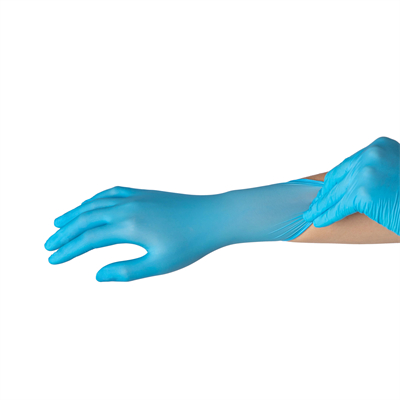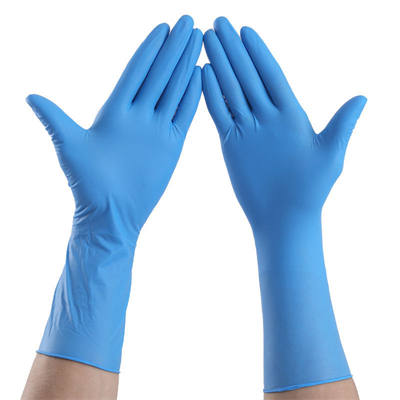1. Hand Hygiene:
- Before donning gloves, perform thorough hand hygiene using soap and water or an alcohol-based hand sanitizer.
- Handwashing should last for at least 20 seconds, ensuring that all areas of your hands are cleaned, including under the nails and between the fingers.
2. Proper Glove Selection:
- Select the appropriate type and size of gloves for the specific procedure or task.
- Ensure that the gloves are free from defects, such as tears or holes.
3. Donning Gloves:
- Don gloves after completing hand hygiene.
- Ensure that your hands are completely dry before putting on gloves to maintain glove integrity.
4. Wearing Gloves:
- Always wear gloves when there is a risk of contact with blood, bodily fluids, mucous membranes, or contaminated surfaces.
- Avoid touching your face, hair, or any other non-sterile surfaces while wearing gloves.
5. Changing Gloves:
- Change gloves between patient interactions or when transitioning between different procedures or body sites on the same patient.
- Never reuse disposable gloves, as they are designed for single-use only.
6. Removing Gloves:
- Remove gloves carefully to minimize the risk of contamination:
- Grasp the outside of one glove near the wrist and peel it off, turning it inside out.
- Hold the removed glove in the hand still wearing a glove.
- Slide a finger from your bare hand under the remaining glove at the wrist and remove it, turning it inside out as well.
- Dispose of the gloves in an appropriate waste container without touching the outside surface.
- Perform hand hygiene immediately after glove removal.
7. Avoiding Cross-Contamination:
- Change gloves if they become soiled or compromised during a procedure.
- Do not touch non-contaminated surfaces or items with gloved hands.
- Avoid touching other healthcare equipment (e.g., computer keyboards, phones) while wearing gloves.
8. Glove Use and Handwashing:
- Remember that gloves are not a substitute for hand hygiene. Perform hand hygiene both before donning gloves and after removing them.
9. Proper Disposal:
- Dispose of used gloves in designated waste containers. Do not leave them lying around.
- Follow local regulations and guidelines for hazardous waste disposal.
10. Education and Training: – Ensure that healthcare staff receive proper training and education on glove use and hand hygiene protocols. – Encourage a culture of safety and adherence to infection control measures.
11. Glove Storage: – Store gloves in a clean, dry area away from direct sunlight and heat. – Ensure that the packaging of gloves is intact and undamaged before use.
Adhering to strict hygiene practices when using medical gloves is crucial in healthcare settings to reduce the risk of healthcare-associated infections and maintain the safety of patients and healthcare providers. Regular training, reinforcement of best practices, and a commitment to infection control are key components of ensuring proper glove hygiene.
















